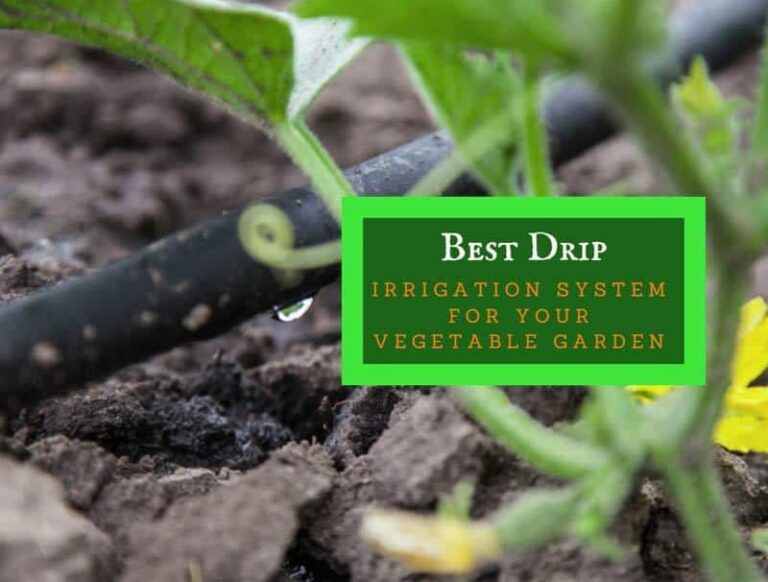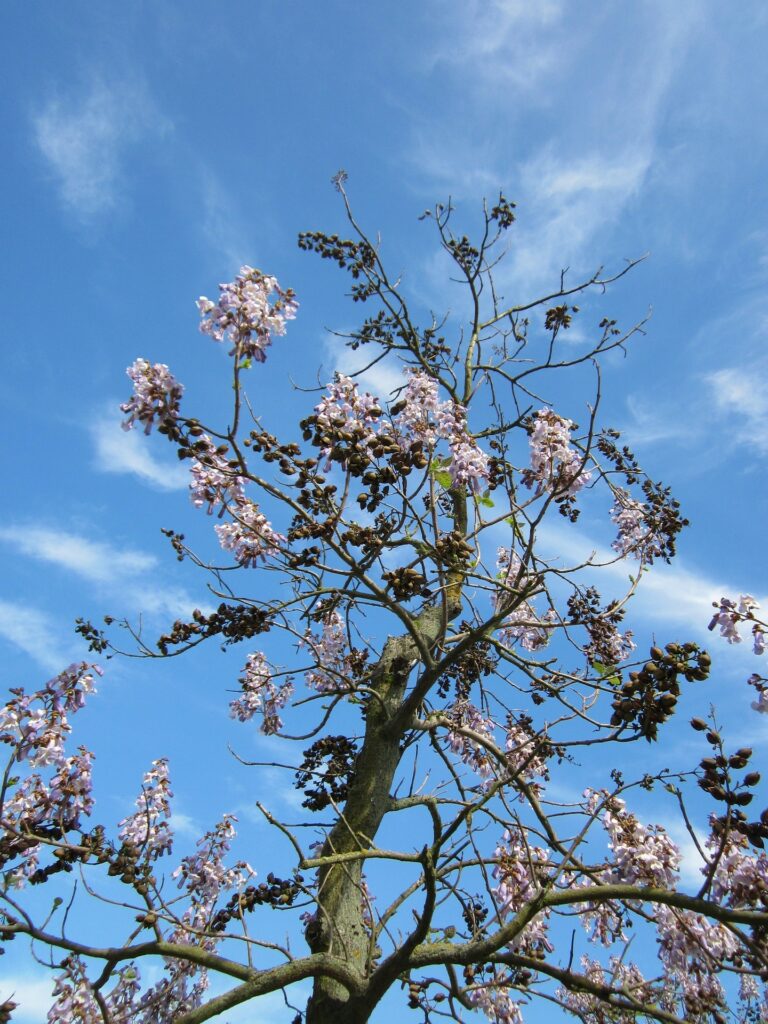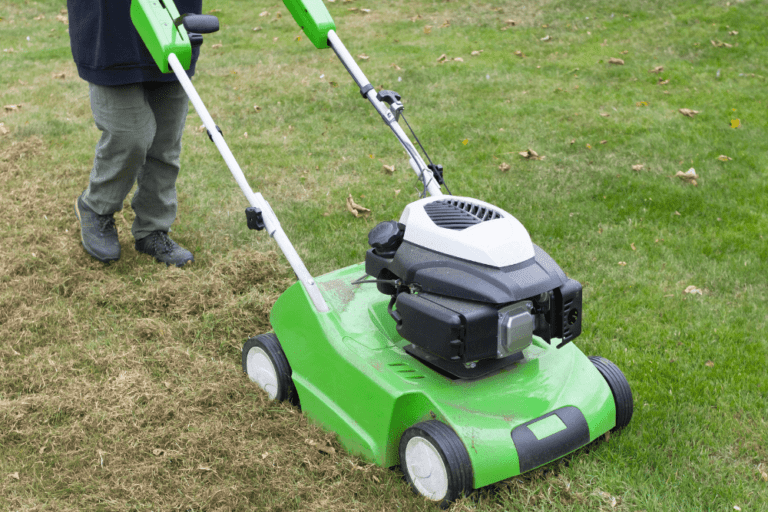How to Choose the Best Garden Hose
The best garden hose, in our estimation, is the Flexzilla Garden Hose. It’s long enough to reach your garden without stretching and are made of materials that will weather a variety of conditions, from cold to heat and from clear weather to storms. While many garden hoses are made from either vinyl or rubber or a mix of those materials, the Flexzilla Garden Hose, is made from a special hybrid polymer that makes it extremely durable, weather-resistant and able to resist kinks and coils. If you want more options, here are our favorite picks for garden hoses.
Our Top 5 Garden Hose Picks
- Flexzilla Garden Hose
- VicTsing 50-Foot Expanding Hose
- Flexon Coil Garden Hose
- Super-Slim Lightweight Hose
- Snip-n-Drip Soaker Hose
Everything You Ever Wanted to Know About Garden Hoses
A garden hose might not be something you usually think much about. But choosing the right garden hose for your garden can make a huge difference when it comes to your comfort in the garden. It’s a lot easier to use a hose to water your plants than it is to lug bucket after bucket from the spigot to the garden.
Garden hoses come in a variety of sizes and are made from a variety of materials. These days, they are even sold in different shapes. The materials a hose is made out of determine how long it will last, with more durable materials giving the hose a longer shelf life.
While some garden hoses only have two openings or fittings, one at the part that attaches to the spigot, and one that the opposite end, some models have lots of small holes up and down the length of the hose. Known as soaker hoses, these are ideal for set it and forget it watering.
Common Garden Hose Features
What should you look for when picking out a garden hose? One of the first things to consider is the length of your hose. Usually, hoses are sold in 25-foot increments, with the shortest length usually being 25 feet. You’re most likely to find 25-foot, 50-foot, and 100-foot lengths for sale. There are longer and shorter lengths available, as well as some in-between lengths, but those three are the most common.
The length of each garden hose you need largely depends on the size of your garden and its distance from the spigot. If you have a large yard and the water spigot is yards away from the garden, a 100-foot hose is going to be your best bet. If you have tiny, urban backyard, you can probably get away with a 25-foot hose.
Usually, a 50 footer is the “just right” hose length. It’s not so short that you run out of hose before you get to the actual garden. It’s also not so long that you end up tripping over it when trying to use it. However, it’s important to note that there are also plenty of great expandable hoses out there; the best expandable hoses are a bit more flexible, and you may not have to worry as much about length.
The thickness of the hose can also vary. How thick a hose is determines how much water can flow out of it at any moment. The most popular thickness is 5/8 inch, although hoses are also sold in 1/2 inch and 3/4 inch widths. According to On The House, about 60 percent more water flows out of a 3/4 inch hose than out of a 5/8 inch hose.
How quickly water flows out of the hose determines how long you have to water your garden. According to the Chicago Tribune, nine gallons per minute can flow from a 1/2 inch hose. Up to 17 gallons a minute will flow out at a 5/8 inch hose.
That means you can water the same area in about half the time using a 5/8 inch hose compared to a 1/2 inch. If you can get your hands on a 3/4 inch hose, you can cut your watering time by about two thirds.
Thicker hoses can also be a better option for yards that are on hills. If you have to walk up a hill or incline to get to the garden from the spigot, choosing a 3/4 inch hose can be the way to go, as the hose needs less water pressure to work properly.
Hoses are typically made out of either vinyl or rubber material. Vinyl hoses are the more lightweight and less expensive option, but in many cases, you get what you pay for. Vinyl hoses are more prone to kinking and developing holes. Premium rubber garden hoses, in contrast, tend to cost more, but they also tend to be more durable and better able to resist punctures and kinks.
Some flexible garden hoses are made of both vinyl and rubber, which offers the best of both worlds. A rubber/vinyl has some heft to it, but is less prone to breakage. New hoses are often made of specially designed materials, such as polymers or foam mesh, which are designed to have fewer problems than either vinyl or rubber hoses.
You also want to pay attention to the attachments at the end of the hose. The couplings, or the part of the hose that screws onto the spigot or nozzle, is either made out of plastic or metal. Metal couplings (usually made of rust-resistant brass) can be tricky to tighten on the spigot. You can also find aluminum couplings along with brass couplings. Meanwhile, plastic couplings are easier to tighten, but also easier to crack or break.
Caring for Your Garden Hose
Picking the right hose is just the first part of getting the most out of your purchase. How you care for your hose can mean the difference between just a season of use and several seasons worth
Two things can be the death of even the highest quality hose: excessive sunlight and exposure to freezing temperatures. Sunlight can cause a hose to stretch and warp, ultimately weakening it. If you are going to store your hose outside during the season, be sure to keep it in a well shaded area.
Leaving your water hose outdoors during the winter, with water in it, can also damage it. If the water freezes, it will expand, causing the hose to crack or pop. Fully drain the hose at the end of the season before bringing it indoors for the winter.
Keeping twists or kinks out of a hose can be difficult, but it’s not impossible. Unwind your hose, so that it is as straight as it can be. Then, pick up one end of the hose and turn your arm in a windmill like manner to break up any kinks or twists.
If your hose isn’t quite long enough to reach your garden, it’s better to invest in a hose, rather than try and stretch your current one. Hoses might be made out of somewhat flexible material, but they aren’t meant to be stretched tight. Constant pulling on the hose can actually weaken its connection to the spigot, increasing the risk for leaking.
A Closer Look at the Flexzilla Garden Hose
If you are looking for a durable hose that is weather-resistant, it might be worth considering the Flexzilla Garden Hose. Made of a special hybrid polymer, the hose is lightweight and able to resist getting kinked, twisted, and coiled.
One unique feature of the hose is the fact that it lies flat after use and after the water has been drained out. That means that it takes up less space than traditional hoses and also helps it resist kinks and coiling better.
The Flexzilla can be a useful hose for forgetful gardeners or for gardeners who live in areas that see extreme weather. Its polymer is designed to be able to withstand temperatures as low as negative 40 degrees Fahrenheit and as hot as 150 degrees Fahrenheit. That said, it’s still important to take good care of the hose and to do what you can to protect it from such extremes.
The hose is sold in a variety of lengths, from 3 feet to 100 feet, making it a good pick for gardens of all sizes.



![Best Walk Behind Wheeled String Trimmer Reviews [year]](https://properlyrooted.com/wp-content/uploads/2022/10/Best-Walk-Behind-Wheeled-String-Trimmer-Reviews-150x150-1.png)
